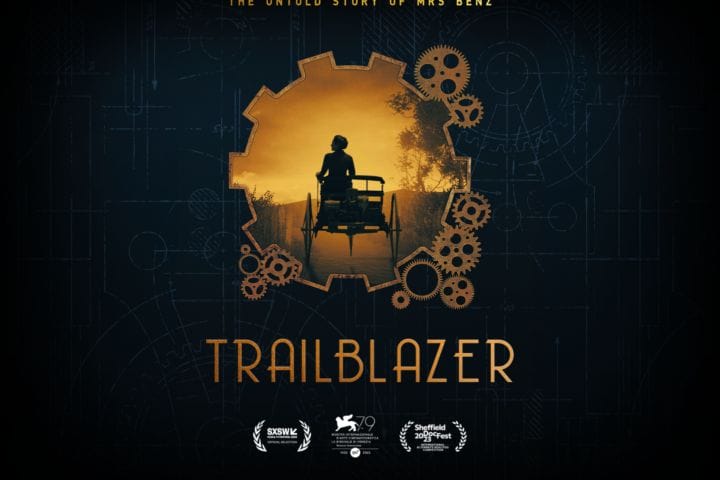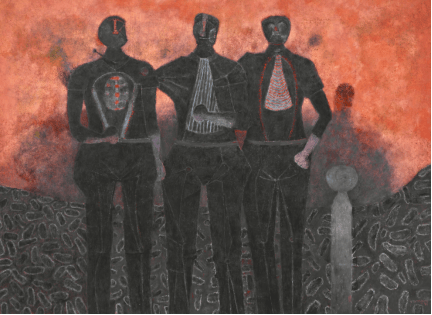Introduction
Rated-R movies, known for their mature content and adult themes, have been a source of fascination, controversy, and cultural impact since their inception. Over the years, they have pushed the boundaries of storytelling, challenged societal norms, and provided a platform for filmmakers to explore complex and challenging subjects. In this blog post, we will take a journey through the history of Rated-R movies, from their early days to their enduring influence on the film industry and popular culture.
The Birth of the MPAA Rating System
The story of Rated-R movies begins in 1968 with the establishment of the Motion Picture Association of America (MPAA) rating system. Prior to this, the film industry relied on the Hays Code, a set of self-imposed guidelines that regulated the content of movies. However, by the late 1960s, societal attitudes were changing, and filmmakers were eager to explore more explicit and provocative themes.
In response to this shift, the MPAA introduced the rating system, which included the “R” rating for films that contained content not suitable for children under 17. This new approach gave filmmakers greater creative freedom while also providing parents with information about a film’s content. To see more visit mrskins.com/top100.
The Rise of New Hollywood and Rated-R Cinema
The late 1960s and early 1970s marked a period of significant change in Hollywood. A new generation of filmmakers, often referred to as the “New Hollywood” era, emerged, pushing the boundaries of filmmaking and storytelling. Many of these filmmakers embraced the Rated-R rating as an opportunity to explore mature and thought-provoking themes.
Movies like “Bonnie and Clyde” (1967) and “Easy Rider” (1969) paved the way for a wave of Rated-R cinema that tackled topics such as violence, sexuality, and social issues. Films like “A Clockwork Orange” (1971) and “The Godfather” (1972) demonstrated that Rated-R movies could not only be artistically daring but also commercially successful.
The Controversy Surrounding Rated-R Movies
As Rated-R movies gained popularity, they also attracted controversy and criticism. Some argued that the new rating system allowed for excessive violence and sexual content, leading to concerns about the impact on young audiences. This debate reached its zenith with the release of “A Clockwork Orange,” which faced accusations of inspiring real-life acts of violence.
In response to the controversy, some municipalities and states imposed additional restrictions on Rated-R movies, making it even more challenging for filmmakers to navigate the complex landscape of film classification.
The Golden Age of Rated-R Horror
The horror genre has played a significant role in the history of Rated-R movies. During the 1970s and 1980s, horror films, in particular, thrived under the “R” rating. Iconic franchises like “Halloween” (1978), “Friday the 13th” (1980), and “A Nightmare on Elm Street” (1984) emerged, forever cementing their place in pop culture.
These films were known for their graphic violence, intense suspense, and memorable villains, and they often pushed the boundaries of what was considered acceptable on screen. They not only terrified audiences but also served as a reflection of societal fears and anxieties of the time.
The Artistry of Rated-R Cinema
While Rated-R movies have often been associated with explicit content, they have also been a platform for artistic expression and storytelling. Filmmakers have used the “R” rating to delve into complex characters, explore the human condition, and challenge societal norms.
Movies like “Schindler’s List” (1993), “Pulp Fiction” (1994), and “American Beauty” (1999) demonstrated that Rated-R cinema could be thought-provoking and emotionally resonant. These films received critical acclaim and won numerous awards, highlighting the ability of the “R” rating to elevate storytelling to new heights.
The Contemporary Landscape of Rated-R Movies
In recent years, Rated-R movies continue to thrive in the film industry. The success of films like “Deadpool” (2016) and “Joker” (2019) has demonstrated that adult-oriented content can not only find an audience but also achieve blockbuster status. These films have pushed the boundaries of what is possible within the “R” rating, combining action, social commentary, and complex characters to great effect.
Moreover, the advent of streaming platforms has provided a new avenue for Rated-R content. These platforms have given filmmakers greater creative freedom, allowing them to explore themes and stories that may not have been feasible in the traditional studio system.
The Impact on Film Classification
The introduction of the MPAA rating system and the subsequent rise of Rated-R movies transformed the way films were classified and labeled. It allowed for a more nuanced approach to content classification, recognizing that not all mature content was suitable for the same age group. This system has since become a model for film classification around the world, influencing how movies are rated and categorized in various countries.
Pushing the Boundaries of Creativity
Rated-R movies have consistently pushed the boundaries of creativity in the film industry. Freed from the constraints of catering to a broad audience, filmmakers have been able to explore darker, edgier, and more complex themes. This creative freedom has led to the development of groundbreaking storytelling techniques, innovative cinematography, and daring narrative structures that have enriched the cinematic landscape.
A Platform for Social Commentary
Many Rated-R movies have used their mature rating to delve into pressing social issues and provide powerful commentary on the human condition. Films like “The Deer Hunter” (1978), which explored the psychological impact of the Vietnam War, and “Philadelphia” (1993), which tackled AIDS discrimination, have shed light on important societal topics, sparking discussions and driving social change.
The Influence on Pop Culture
Rated-R movies have left an indelible mark on pop culture. Iconic characters, memorable quotes, and unforgettable scenes from these films have become ingrained in the collective consciousness. The antiheroes of Rated-R cinema, from Travis Bickle in “Taxi Driver” (1976) to Tony Montana in “Scarface” (1983), have become cultural touchstones, celebrated and parodied in various forms of media.
The Ongoing Debate
Despite their cultural significance, Rated-R movies continue to be a subject of debate and controversy. The question of whether explicit content in films can influence real-world behavior remains a topic of discussion. Advocates argue that these movies provide an outlet for exploring challenging themes, while critics express concerns about their potential impact, particularly on younger viewers.
Conclusion
The history of Rated-R movies is a multifaceted narrative that encompasses artistic freedom, societal reflection, and cultural resonance. These films have played a vital role in shaping the film industry, challenging audiences, and providing a platform for thought-provoking storytelling. Whether through controversy or critical acclaim, Rated-R movies have demonstrated that mature themes and adult content can be a powerful and enduring force in cinema.












